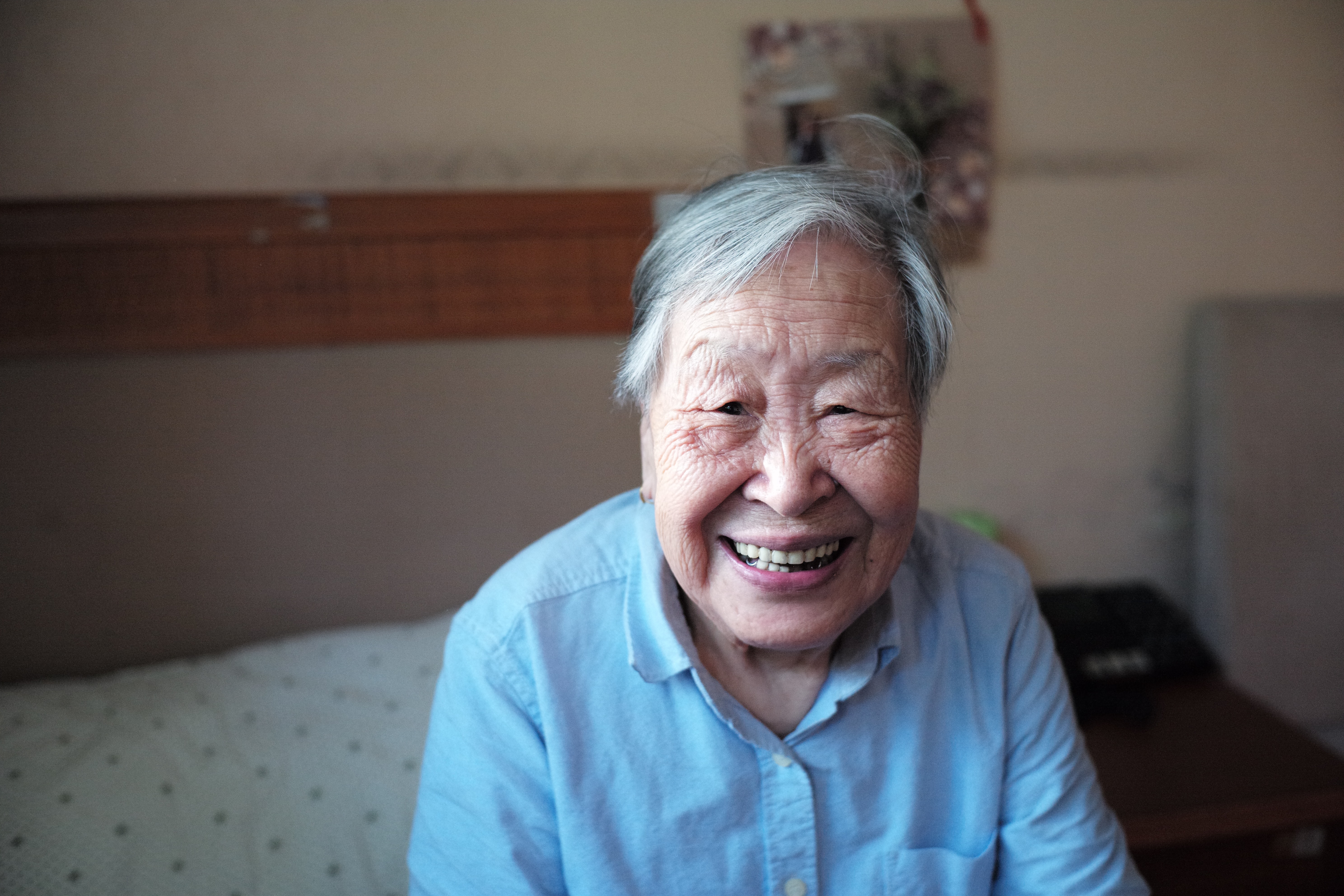Diabetes is a chronic health condition that influences how your body converts food into energy.
The majority of the food an individual consumes converts to glucose and is then released into the bloodstream. When the sugar causes blood sugar to rise, it triggers the pancreas to release insulin. The insulin in turn allows the blood sugar to move into your cells, where it will be used as energy.
A diabetic individual either doesn’t make enough insulin or doesn’t efficiently utilize the insulin it does make. When there is a shortage of insulin – or the insulin stops working adequately, blood sugar builds up in the bloodstream. This situation can result in serious health issues such as heart or kidney disease or vision loss. There is currently no cure for diabetes, but there are ways to manage the disease. These include maintaining a healthy diet, losing weight , and adhering to an appropriate exercise regimen. Taking medication as prescribed is also necessary for the healthiest life.
Diabetes Facts
- 16 million Americans have been diagnosed with diabetes.
- Common symptoms include insatiable thirst, frequent urination, fatigue and blurred vision. It is one of the country’s leading causes of death.
- Left unchecked, high levels of glucose in the bloodstream can result in serious medical problems such as heart disease, stroke, cardiovascular diseases, kidney disease, eye disease, recurring infections of the skin, and nervous system disorders. (Source CDC)
- Although there is no cure, the disease can be managed, and complications prevented by following a strict regimen of medication, proper diet and exercise.
- Many diabetics can live full and active lives if they monitor their disease closely and stick to their physician’s recommendations.
Managing Care for Senior Diabetics
The tight control which is required to adequately manage diabetes may be far more difficult for senior citizens. Difficulties with eyesight, limited mobility, loss of appetite, and a more sedentary lifestyle all work against the diabetic patient. Therefore the routine of necessary daily testing of the blood’s glucose levels, monitoring of food intake and strict management of medications can become too much for them to handle. But with assistance and a pre-planned strategy, caregivers or family members can help their loved one to continue to live a full and happy life.
This checklist provides a solid framework within which to begin diabetes management.
- Confirm the diagnosis with a physician, and ask for recommendations as to management.
- Educate yourself about diabetes, including symptoms and effects. Sit down with your loved one to discuss what you’ve learned.
- Understand the necessary daily protocols and assess whether the necessary assistance is available. If not, find someone to be responsible for these measures.
- Learn about the drug and diet therapies which will be utilized to regulate blood glucose levels. Ask your physician or call local chapters of diabetes health organizations for information and charts for record keeping.
- Understand the triggers which will make it necessary to contact physicians and other resources if there is an issue.
- Help your loved one to schedule regular eye exams, skin assessments, and podiatrist visits. Early intervention in these areas can help to avoid severe complications from the disease.
- Help the senior patient to choose appropriate and safe exercise options. Maintaining muscle tone helps the body process insulin more efficiently.
- Keep an eye out for any health changes which may occur, and speak to the attending physician if you notice anything of concern.
Before your loved one moves into A Banyan Residence in Venice, will meet with you and your loved one to discuss any health issues we should be aware of . We will work with you to make sure that our resident has the diet they need and the support necessary to thrive in our community. Call today for a tour or more information.
